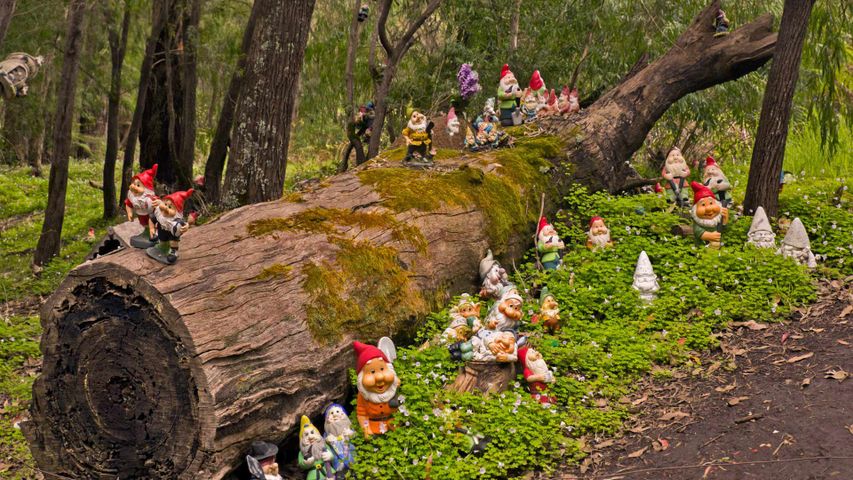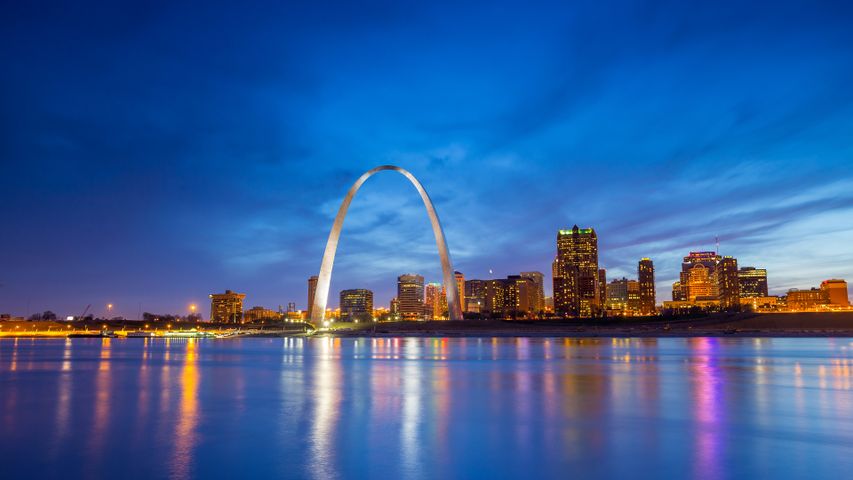Stari Most, Mostar, Bosnia and Herzegovina
© Ayhan Altun/Getty Image
Stari Most
For 427 years the Mostar Bridge in what is now known as Bosnia and Herzegovina stood strong, despite the belief that its original mortar was composed of egg whites. Truth is, not much is known about its 16th-century construction. All that remains in historical records are memories and legends and the name of the bridge’s builder, Mimar Hayruddin. He was ordered by Suleiman the Magnificent to build an unprecedentedly wide arch, and threatened with death if the structure failed. Hayruddin is said to have been so unsure of his creation that he had made funeral preparations before the scaffolding was removed. Luckily (and much to the builder’s probable relief), the arch remained intact. Suspended nearly 24 metres above the Neretva River, the highest point of the bridge’s arch rises an additional 12 metres. Upon its completion in 1566, it was the widest manmade arch ever built.
Also known as Stari Most, or Old Bridge, it was finally destroyed in November 1993 in a targeted attack during the Bosnian War. Considered a treasure of Bosnian Islamic architecture, its destruction by Croatian forces was condemned around the world. Scholars referred to the act as an attempt at killing memory. Due to its importance in the Mostar region, plans to rebuild the bridge as accurately as possible began at the war’s end. The reconstructed bridge was unveiled to the public in 2004. Used for normal daily activities, the bridge also has history as a popular spot for annual diving competitions.
Related Images
Bing Today Images






 Amazon rainforest, Ecuador
Amazon rainforest, Ecuador
 Miravet on the Ebro river, Tarragona, Catalonia, Spain
Miravet on the Ebro river, Tarragona, Catalonia, Spain
 A train running along Hozugawa River in Arashiyama, Kyoto, Japan
A train running along Hozugawa River in Arashiyama, Kyoto, Japan
 Taktsang Palphug Monastery, Bhutan
Taktsang Palphug Monastery, Bhutan
 Gateway Arch and St. Louis, Missouri, USA
Gateway Arch and St. Louis, Missouri, USA
 Porto, Portugal
Porto, Portugal
 Cape Breton Highlands, Nova Scotia, Canada
Cape Breton Highlands, Nova Scotia, Canada
 Ocracoke Lighthouse on Ocracoke Island, North Carolina, USA
Ocracoke Lighthouse on Ocracoke Island, North Carolina, USA
